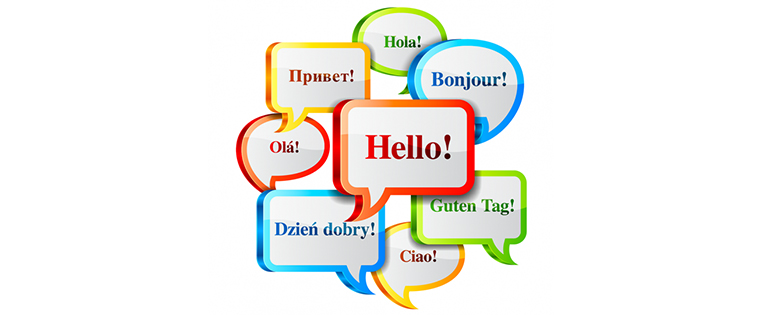4 Steps to Produce the Perfect E-learning Translation

English is no longer the dominant language of the Internet. A recent report revealed English speakers constitute only 26% of the total Internet users. The massive proliferation of the non-English Internet is compelling firms to translate their online content into the languages of their users and e-learning courses are no exception. But, how can you produce high quality translations of your online courses? Well, you need to follow a 4-step process. Let us see what the process is and how it helps produce high quality translations of your online course.
Step 1: Translate the content of the online course
This is the first and the most important step in producing a high quality translation of your online course. You need to perform the following to render the content of your e-learning course effectively.
- Selecta good translator: You need to select a good translator who is efficient and experienced in translating e-learning content for organizations in your industry.
- Prepare and send the “source language” templates: Once you create the e-learning course in the source language, develop a template containing the text which needs to be rendered into the target language and send it to the translator.
- Harness the power of computer-aided tools: See that the translator utilizes computer-aid translation (CAT) tools. Most of these software applications come with ‘in-built memories’ that go a long way in reducing costs and ensuring consistency in quality.
- Follow a good QA process:Ensure you have a well-defined process to monitor the quality at each stage of the translation – at the translator’s end, where he can perform a self – QA of his work and at the lead translator’s end where the translated content is checked thoroughly for quality.
- Obtain the translated templates:You now need to get the translated templates. It is important to make sure you receive all files in the proper format.
Step 2: See that the translated content is proofread well
It is now time to proofread the translated content. Here are a few things you need to do to get your content proofread effectively.
- Ask the stakeholder’s in-country reviewer to check: It is very important that you get the translated content proofread at the stakeholder’s end. The in-country reviewer may accept the translation, or may suggest a few changes. In case of the latter, you need to implement his suggestions and send the revised draft for his approval. This cycle would continue until the reviewer is satisfied with the quality of the content.
- Forward samples of narrators’ work to the stakeholder: Once the translated content is approved, it is time to send various voice samples to the stakeholder. This enables the stakeholder to choose the right narrator for the course.
- Prepare a schedule for the audio narration:You now need to draw a schedule for recording the audio narration and finalize it.
Step 3: Record the audio and develop the course
It’s time to develop the audio component of the online course. Here are a few tips to get audio narrations of high quality.
- Develop a good audio script: You need to come up with a good audio script in the target language and forward it to the narrator. It is advisable to include “pronunciation notes” to help the narrator avoid mistakes. Check out the post to know more about efficient translation of audio scripts of online courses.
- Have an internal linguist check the audio narration: After recording the narration, it is better to get its quality checked. We use an internal language specialist to ensure the narration is devoid of errors.
- Get the online course reviewed for quality: See that an internal team conducts a thorough quality check on the developed course.
Step 4: Get the course reviewed by the stakeholder and deliver it
You now need to forward the developed course to thestakeholder, get his approval anddeliver it to your learners by hosting it on your Learning Management System (LMS). Check out the tips given belowto complete this step smoothly.
- Forward the “alpha” version of the course for stakeholder review: Send the translated online course (alpha) to the stakeholder for his approval. The stakeholder may approve the course or suggest modifications. In case he asks for changes, incorporate the changes and send the modified version of the course to him. This cycle would continue till the stakeholder approves the translated course.
- Ensure the course is LMS-compliant: Once the course is approved, you need to make the course complaint with SCORM or other required learning technology standards. You then need to send the course to the stakeholder for a technical review.
- Host the course on the LMS: Once the technical review is completed successfully, it’s time to host the course on your LMS to deliver it to your learners.
The phenomenal growth of non-Anglophone users of the Internet is compelling global firms to translate their online courses into various languages. You need to follow a 4-step process to translate your e-learning course effectively. Firstly, you need to get the content of the course rendered into the target language by an experienced translator. Then, the content needs to be proofread thoroughly. In the penultimate step, you need to record the audio narration and develop the translated course. Finally, you need to get the course approved by the stakeholder and upload it on the LMS. Hope you liked the post. Do share your views.





